|
|
|
|
|
 Selections from poetry of Taras Shevchenko which were translated into English and published in "Ukrainian Literature: A Journal of Translations" issues. Translations were performed by Michael M. Naydan, Boris Dralyuk and Roman Koropeckyj. Selections from poetry of Taras Shevchenko which were translated into English and published in "Ukrainian Literature: A Journal of Translations" issues. Translations were performed by Michael M. Naydan, Boris Dralyuk and Roman Koropeckyj.
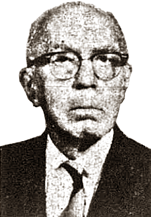 Clarence Augustus Manning (born 1893 ) - thorough commentator, interpreter, and a loving translator of Shevchenko’s poetical work. In 1945 Clarence A. Manning published a book of his renditions of the Ukrainian poet, "Taras Shevchenko. The Poet of Ukraine. Selected Poems". Clarence Augustus Manning (born 1893 ) - thorough commentator, interpreter, and a loving translator of Shevchenko’s poetical work. In 1945 Clarence A. Manning published a book of his renditions of the Ukrainian poet, "Taras Shevchenko. The Poet of Ukraine. Selected Poems".
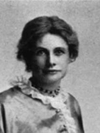 Despite the fact that Florence R. Livesay was not professional experienced translator, she was probably the first English-speaking woman to make Ukrainian culture accessible to English-speaking Canadians. Despite the fact that Florence R. Livesay was not professional experienced translator, she was probably the first English-speaking woman to make Ukrainian culture accessible to English-speaking Canadians.
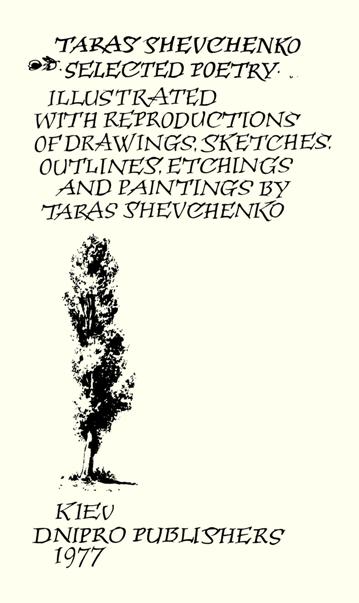 John Weir (Ivan Fedorovych Viv'yurskiy), a Canadian of the Ukrainian lineage, was a talented English-speaking translator of the second half of the 19ih century. During his life he translated 29 Shevchenko's poetic works, a prosaic foreword to the poem of «The Haidamaky», the narrative «The Artist», the poet’s autobiographic letter and some excerpts from his diary. John Weir, being a translator with the Ukrainian root, felt melodiousness of Shevchenko’s lines, understood a social foundation of the poet's artistic images. John Weir (Ivan Fedorovych Viv'yurskiy), a Canadian of the Ukrainian lineage, was a talented English-speaking translator of the second half of the 19ih century. During his life he translated 29 Shevchenko's poetic works, a prosaic foreword to the poem of «The Haidamaky», the narrative «The Artist», the poet’s autobiographic letter and some excerpts from his diary. John Weir, being a translator with the Ukrainian root, felt melodiousness of Shevchenko’s lines, understood a social foundation of the poet's artistic images.
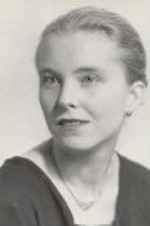 Vera Rich - translator, journalist, poet and human rights activist. Read selected poems translated from the Ukrainian by Vera Rich. Vera Rich - translator, journalist, poet and human rights activist. Read selected poems translated from the Ukrainian by Vera Rich.
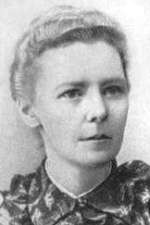 Ethel Lilian Voynich, nee Boole (May 11, 1864–July 27, 1960) was an Irish writer and a supporter of several revolutionary causes. She was born to the mathematician, George Boole, and the feminist philosopher Mary Everest,who was the niece of George Everest. Ethel's husband was Wilfrid Michael Voynich, a Polish revolutionary, antiquarian, and bibliophile. Ethel Lilian Voynich, nee Boole (May 11, 1864–July 27, 1960) was an Irish writer and a supporter of several revolutionary causes. She was born to the mathematician, George Boole, and the feminist philosopher Mary Everest,who was the niece of George Everest. Ethel's husband was Wilfrid Michael Voynich, a Polish revolutionary, antiquarian, and bibliophile.
Irina Zheleznova — writer and translator, who seems to have worked for most of the major publishing houses of the former Soviet Union. She translated some of Taras Shevchenko's poetical works into English language in 1964, having original melodic and rhythmic patterns been preserved.
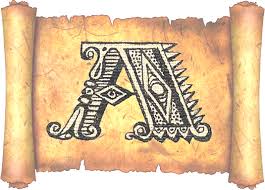
News archive

Taras Shevchenko in articles, essays and publications
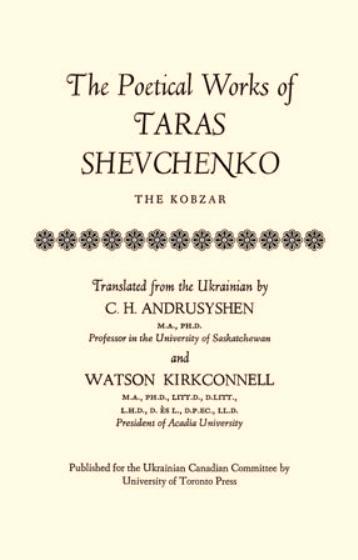
The poetical works of Taras Shevchenko:
"The Kobzar"
(Translated by Constantine Henry Andrusyshen and Watson Kirkconnell).
Introduction of "The poetical works of Taras Shevchenko. The Kobzar" by Constantine Henry Andrusyshen and Watson Kirkconnell.
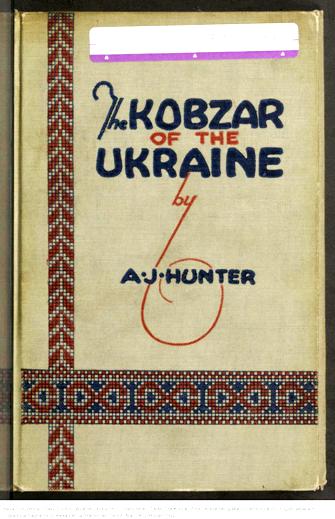
"The Kobzar of the Ukraine". Being select Poems of Taras Shevchenko. Done into English Verse with Biographical Fragments by Alexander Jardine Hunter.
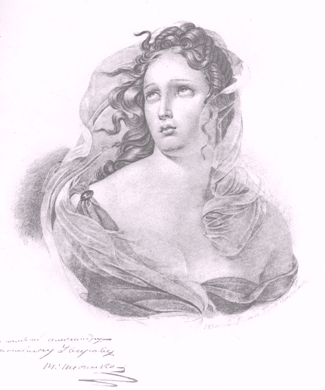 Shevchenko's artistic heritage for us is not less valuable than his poetry. Do not forget that natural gift of drawing was the very first awakened in him and brought him out of the abyss of slavery in artistic elite. His artworks are diverse. Already during his lifetime Shevchenko had a well-deserved honor as outstanding portrait painter. He also performed a large series of landscapes, architectural sketches (including ukrainian antiquity), book illustrations. He was the first of Ukrainian who mastered the etching technique and created in it a number of famous compositions. Our web publication is intended to show the world the great ukrainian artist – Taras Shevchenko. Shevchenko's artistic heritage for us is not less valuable than his poetry. Do not forget that natural gift of drawing was the very first awakened in him and brought him out of the abyss of slavery in artistic elite. His artworks are diverse. Already during his lifetime Shevchenko had a well-deserved honor as outstanding portrait painter. He also performed a large series of landscapes, architectural sketches (including ukrainian antiquity), book illustrations. He was the first of Ukrainian who mastered the etching technique and created in it a number of famous compositions. Our web publication is intended to show the world the great ukrainian artist – Taras Shevchenko.
Olga Shartse — translator, editor, editor, author. She has: 113 works in 234 publications in 2 languages and 2,508 library holdings. Among Ms. Shartse's translations are Shevchenko's poems "Naymichka", "Varnak" and "The Princess", which were published in the poet's collection in English "Selected Works" (1964).
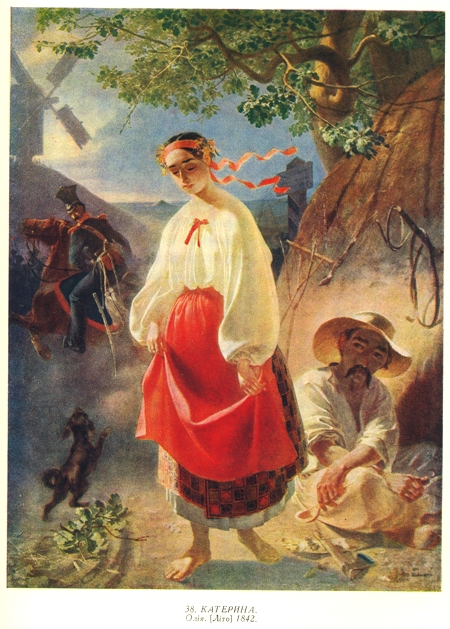 Taras Shevchenko wrote "Katerina" in 1838, in St. Petersburg, when he was 24 years old. It was in the same year that he was bought out of serfdom from Baron Englehardt by a group of St. Petersburg artists and intellectuals. This poem is dedicated to the Russian writer Zhukovsky, who posed for Karl Bryullov, the leading artist of the time. The portrait was sold for 2,500 rubles, to raise the purchase price of Taras Shevchenko’s freedom. The poem “Katerina” was first printed in the 1840 edition of “Kobzar”, and many of the passages were censored. In it, Shevchenko brings out the life of the serfs of that period, the status of women, and expresses his hatred of the tsarist regime which kept Ukraine in bondage. Taras Shevchenko wrote "Katerina" in 1838, in St. Petersburg, when he was 24 years old. It was in the same year that he was bought out of serfdom from Baron Englehardt by a group of St. Petersburg artists and intellectuals. This poem is dedicated to the Russian writer Zhukovsky, who posed for Karl Bryullov, the leading artist of the time. The portrait was sold for 2,500 rubles, to raise the purchase price of Taras Shevchenko’s freedom. The poem “Katerina” was first printed in the 1840 edition of “Kobzar”, and many of the passages were censored. In it, Shevchenko brings out the life of the serfs of that period, the status of women, and expresses his hatred of the tsarist regime which kept Ukraine in bondage.
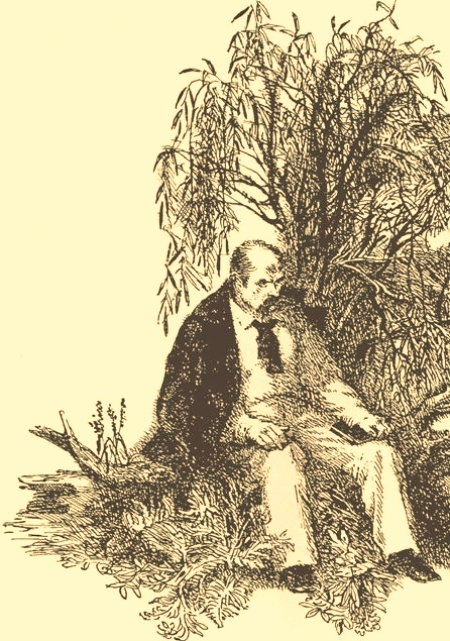 Poem of Taras Shevchenko "Katerina" ("Kateryna") in English, translated by John Weir and Mary Skrypnyk Poem of Taras Shevchenko "Katerina" ("Kateryna") in English, translated by John Weir and Mary Skrypnyk
...and other...
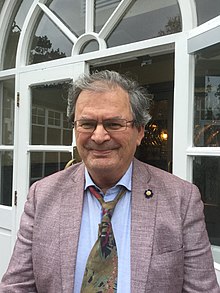 Gabriel Rosenstock — poet, tankaist, haikuist, novelist, essayist, playwright, author/translator of over 180 books, mostly in Irish (Gaelic). Rosenstock is one of the foremost poets in Ireland in both English and Irish. He also writes haikus and he works as translator and as assistant editor for an Irish-language publishing house. He writes primarily in Irish and is the author or translator into Irish of over one hundred books. He is member of several literary societies and organisations, such as the Innti group and Aosdána. Gabriel Rosenstock — poet, tankaist, haikuist, novelist, essayist, playwright, author/translator of over 180 books, mostly in Irish (Gaelic). Rosenstock is one of the foremost poets in Ireland in both English and Irish. He also writes haikus and he works as translator and as assistant editor for an Irish-language publishing house. He writes primarily in Irish and is the author or translator into Irish of over one hundred books. He is member of several literary societies and organisations, such as the Innti group and Aosdána.
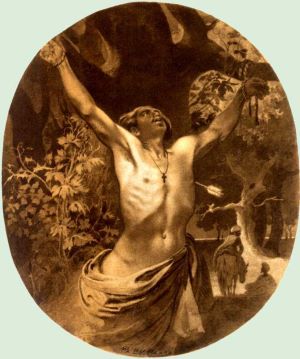 Taras Shevchenko, "The Caucasus" Taras Shevchenko, "The Caucasus"
"Kavkaz" / "Za goramy` gory`, hmaroyu povy`ti...
("Кавказ" / "За горами гори, хмарою повиті...")
Pereyaslav, November 18, 1845.
Translated by Alyssa Dinega Gillespie.
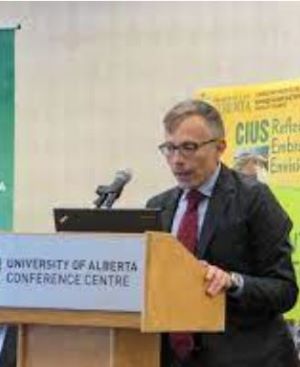 "“The Caucasus” is remarkably complex in its shifting rhythms and emotional registers. Moving from intimate, lyrical rumination, to grievances against divine and political authority, it employs biting political sarcasm and elevated prophetic ardor. The opening passage evokes the image of the mythical rebel Prometheus, eternally suffering at the claws of a ruler-sent eagle, yet indestructible in his vitality—a symbol of the undying pursuit of goodness, liberty, and humanity. In the sections that follow, the poet turns to the horrors of war and oppression and challenges both God and the world order. Mimicking the “superior” voice of the colonizer, Shevchenko exposes the brutality, avarice, and hypocrisy of Russian imperialism..." (Taras Koznarsky) "“The Caucasus” is remarkably complex in its shifting rhythms and emotional registers. Moving from intimate, lyrical rumination, to grievances against divine and political authority, it employs biting political sarcasm and elevated prophetic ardor. The opening passage evokes the image of the mythical rebel Prometheus, eternally suffering at the claws of a ruler-sent eagle, yet indestructible in his vitality—a symbol of the undying pursuit of goodness, liberty, and humanity. In the sections that follow, the poet turns to the horrors of war and oppression and challenges both God and the world order. Mimicking the “superior” voice of the colonizer, Shevchenko exposes the brutality, avarice, and hypocrisy of Russian imperialism..." (Taras Koznarsky)
|
|
|
|
|
|